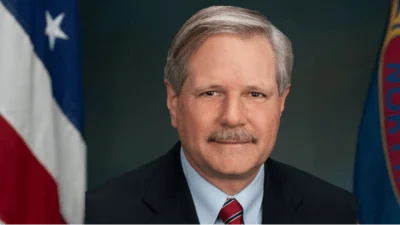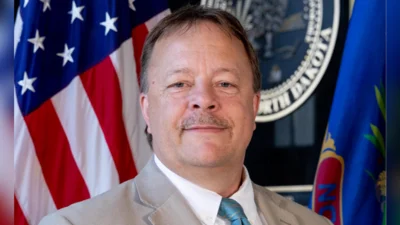Senator Kevin Cramer, US Senator for North Dakota | Senator Kevin Cramer Official website
Senator Kevin Cramer, US Senator for North Dakota | Senator Kevin Cramer Official website
WASHINGTON, D.C. – The U.S. Department of Veterans Affairs (VA) announced a budget shortfall of nearly $15 billion in July, marking the largest deficit the VA has faced. This includes $2.88 billion related to compensation, pension, and readjustment benefit payments at the Veterans Benefit Administration (VBA), and another $11.97 billion in medical care accounts at the Veterans Health Administration (VHA).
The Senate Veterans’ Affairs Committee (SVAC) held a hearing today to receive testimony from VA leadership on how to address current and future budget challenges.
Shortly after the VA disclosed its funding shortfall, U.S. Senator Kevin Cramer (R-ND) led his colleagues in sending a letter to SVAC Chairman Jon Tester (D-MT) requesting an oversight hearing on the issue.
During the hearing, Cramer emphasized the importance of the Community Care Program for ensuring timely access to healthcare services for veterans in rural states like North Dakota. The “Red Team” Report, commissioned by VA Under Secretary for Health Shereef Elnahal earlier this year, attempts to blame rising VHA costs on community care obligations without addressing existing challenges within the VA direct care systems, such as provider capacity and location. The report highlights that drive time (50%), services unavailable at VA (30%), and wait time (5%) are top reasons for veterans seeking care in their communities.
Cramer questioned Elnahal about why the department supports proposals that seek to restrict access under the Community Care Program while knowing their own data shows veterans prefer receiving care at local facilities through this program.
“So the top three [reasons] are drive time, availability of services, and wait time,” said Cramer. “And to me, that paints a pretty clear picture of evidence that there are not enough VA providers or facilities to treat veterans where they live or deliver the type of specialized care that they need. So to me, reports like this highlight more of a commitment to the bureaucratic institution than to access to care by the veteran. Can you explain why there’s been such resistance by the VA to [allow] more community care?”
Elnahal agreed with Cramer, stating that the Community Care Network is essential for providing timely access to care, especially for rural veterans. He explained that part of the supplemental funding would support what budget projections indicate as necessary due to high growth rates in community care accounts over the past year.
“The benefit of the doubt never goes to the veteran in a challenged situation. Perhaps the first thing we could look for are services that already exist in a lot of these communities and make it easier for veterans to get care there rather than build a bigger VA bureaucracy because it should be about access to care across the board,” continued Cramer. “Please let us look first at existing capacity and infrastructure before we build out a bigger bureaucracy.”





 Alerts Sign-up
Alerts Sign-up